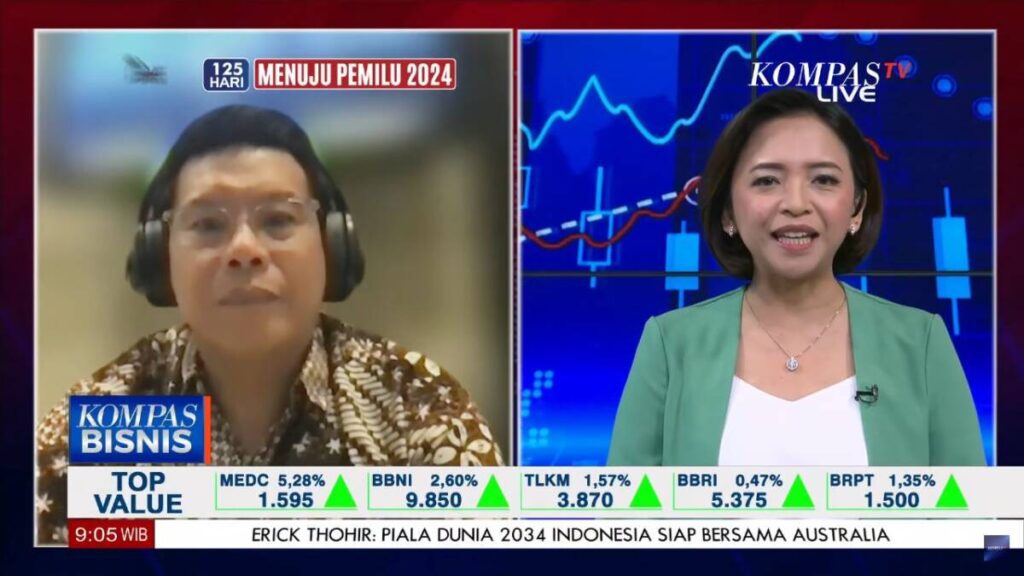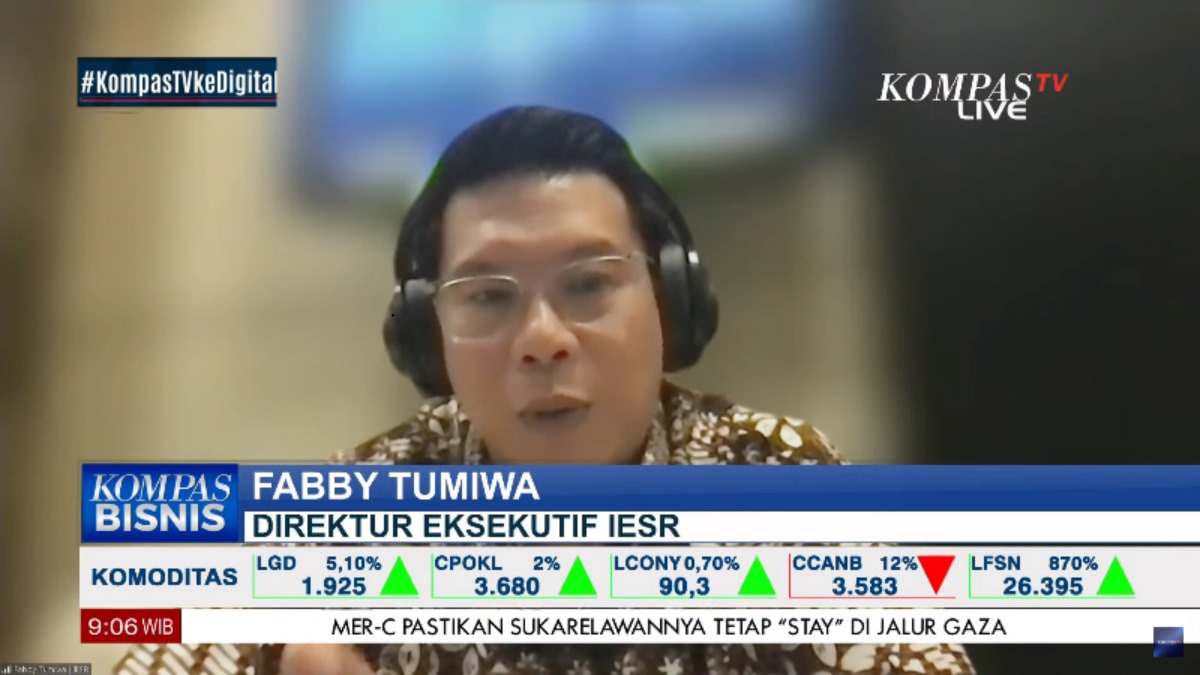Jakarta, 11 October 2023 – Indonesia, one of the world’s largest developing countries, faces challenges in its electricity sector. The State Electricity Company (PLN), responsible for electricity supply, is now struggling with an oversupply. Several factors have contributed, including announcing the 35-gigawatt coal-fired power plant (CFPP) megaproject 2015. During the Kompas Bisnis program on Wednesday (11/10/2023), Fabby Tumiwa, the Executive Director of the Institute for Essential Services Reform (IESR), emphasized this issue with the topic ‘PLN having excess electricity, the country should not suffer losses.’
Fabby Tumiwa mentioned that PLN, the Indonesian state-owned electricity company, has a 10-year plan that includes electricity projections and generating capacity that must be built. Looking back at the electricity supply in Indonesia, Fabby noted that before 2014, there was a deficit in the electricity supply due to the growth rate outpacing the development of electricity infrastructure. To address this, a 35 thousand gigawatts (GW) program was initiated in 2015 with a target of economic demand reaching 7% based on the national medium-term development plan (RPJMN). As a result, electricity demand is projected to grow by around 8%.
“Since 2015, our economy has experienced an average growth of around 5%, failing to reach 7%. Similarly, the growth in electricity generation did not exceed 5% annually until 2019. This is a cause for concern because even though the 35 GW program has been implemented, the projections for its success are not very precise,” said Fabby Tumiwa.
Fabby emphasized that the oversupply of electricity in Indonesia is a burden for PLN due to the take-or-pay scheme in their contracts. This means that PLN has to pay for electricity regardless of whether it is used by independent power producers (IPPs). However, the supply side of the issue is being resolved by cutting more than 13 GW of generating capacity in the 2021-2030 general plan for electricity supply (RUPTL). To prevent similar cases, IESR has recommended halting the development of around 3 GW of capacity currently in the pipeline.

“According to PLN, every 1 GW PLN can lose around Rp 3 trillion. However, each power plant has a different contract. Unfortunately, there is no other way to absorb excess electricity; we must increase electricity demand. The demand for electricity increase in 2022 seems to have started to be high, around 5.5%. However, we need to catch up with growth above 7% through electricity demand from households and industries,” said Fabby.
Fabby explained that the excess electricity is largest in Sumatra and Java, absorbing more than 90% of electricity consumption nationally. Mainly in Java, the electrification ratio averages 100%. However, there is a gap in the electrification ratio in eastern parts of Indonesia, such as NTT, NTB, and Papua.
“Currently, the electrification ratio outside Java is not 100%, while there is excess electricity in Java. The main problem is the cost of generating capacity and constructing electricity networks in remote areas. For instance, providing electricity access to a single house in the 3T area costs Rp10 million to Rp100 million. However, the purchasing power of households in these areas is quite low,” Fabby said.

